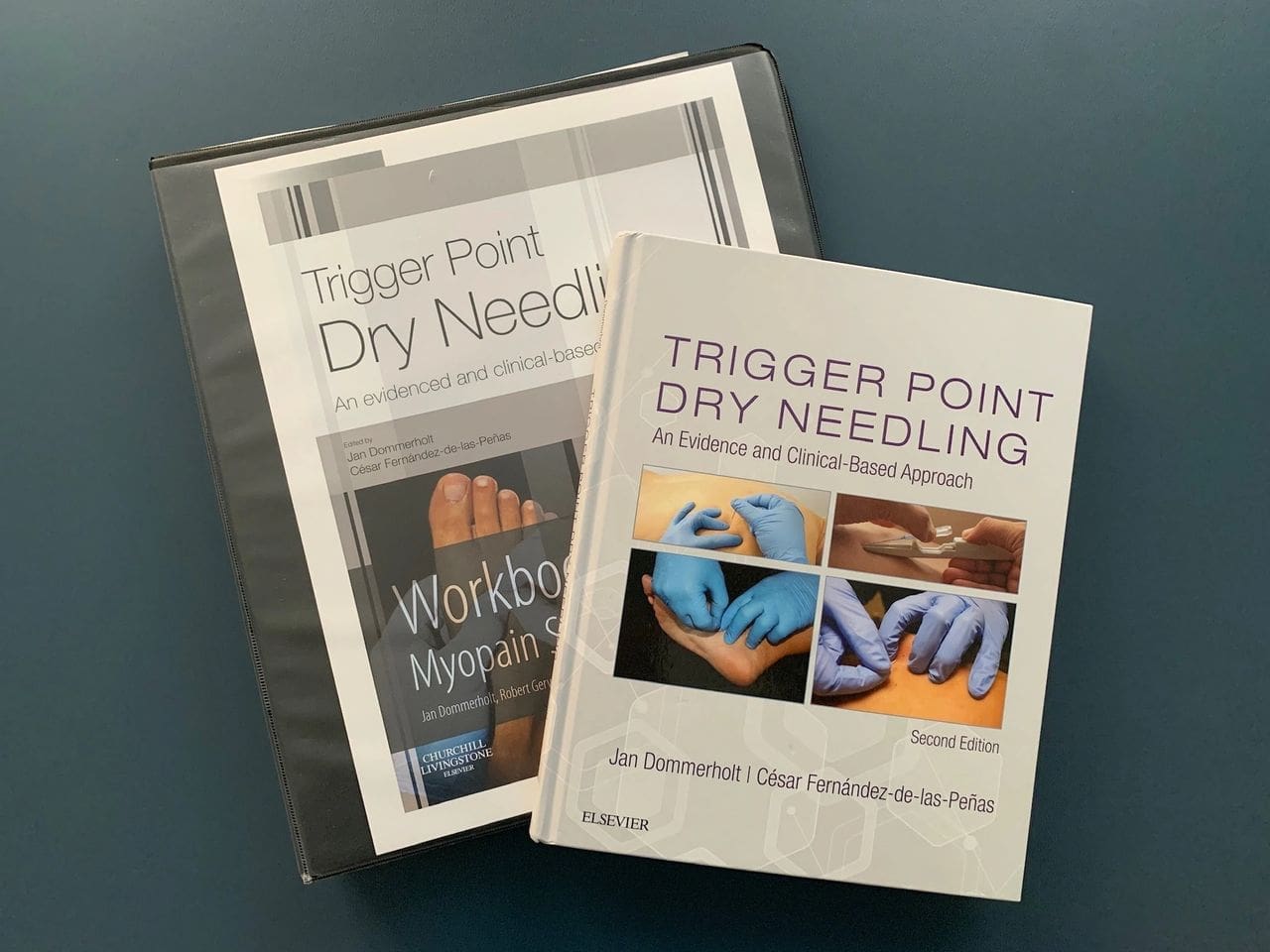
What is Dry Needling?
What is dry needling?
Dry needling is a technique performed by skilled physical therapists – a very thin (filiform) needle is used to target trigger points in muscle tissue. Trigger points are like ‘knots’ – hyper-sensitive areas of your muscle that are tender to touch and may refer pain to other areas of the body. Check out our recent blog on trigger points for more information. The technique is called ‘dry’ needling because the needle is dry, nothing is injected into the trigger point.
What to expect?
· The therapist will locate the trigger point by palpating along the muscle until the tender/taut area is located
· The therapist and patient can confirm that a trigger point is found because when pressure is applied to the area, the patient will feel increased local or referral pain, and may feel that their symptoms have been reproduced
· The therapist will insert the needle into the identified location
· Typically, the patient will feel a deep achiness or a feeling that the muscle is suddenly contracting and then relaxing (called a twitch response)
· The treatment lasts just a few minutes
· Afterwards, the muscle may feel sore as if has been worked out. The soreness may go away in an hour or less, but can last up to two days. The soreness is typically more of a hurt-so-good feeling versus a pain.
Why dry needle over other treatments?
Some of the advantages of dry needling over other interventions (foam rolling, mobility ball, soft tissue massage, etc) to address trigger points include:
· Reaching deeper muscles – many muscles are layered under other muscles and are difficult to address manually or with a foam roller
· Efficiency – dry needling often takes less time than manual trigger point release
· Pain management – if trigger points are the source of someone’s pain, the individual may have immediate relief after dry needling
· Another tool in the toolbox – different people respond to different treatments, which is why it is helpful to have a variety of interventions to utilize during the rehab process
Why is it effective?
Our understanding of the science of why dry needling works continues to evolve. The trigger point is an area in the muscle with increased inflammatory chemicals. Research has shown that after dry needling a trigger point, the area of the muscle will have a decrease in these inflammatory markers and a return to a normal pH. In other words, dry needling helps stimulate the body to resolve some of the inflammation in the area, kind of like a ‘reset’ allowing the muscle to function normally again and achieve a smooth healthy muscle contraction.
How is dry needling used in the clinic?
Dry needling can help manage pain, improve joint range of motion, and restore normal function to muscle tissue. Dry needling is typically one aspect of your physical therapy program, which may also include exercises to increase strength or flexibility, improve the way you move, and correct your posture.
Dry needling may be helpful in the following conditions: chronic pain, low back pain, neck pain, headaches, shoulder impingement, gluteal tendinopathy, piriformis syndrome, Achilles tendonitis, plantar fasciitis, runner’s knee, patellofemoral pain syndrome, IT band syndrome, frozen shoulder, and more.
If you have any questions about dry needling or if it could help your condition, please contact us at 312-643-1555 or email us at [email protected]. Dynamic Physical Therapy Chicago is open for in person and telehealth visits at this time. Follow us on Instagram or Like us on Facebook for weekly exercise videos and tips.
